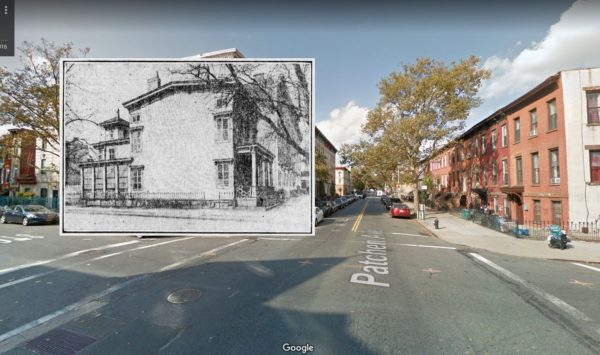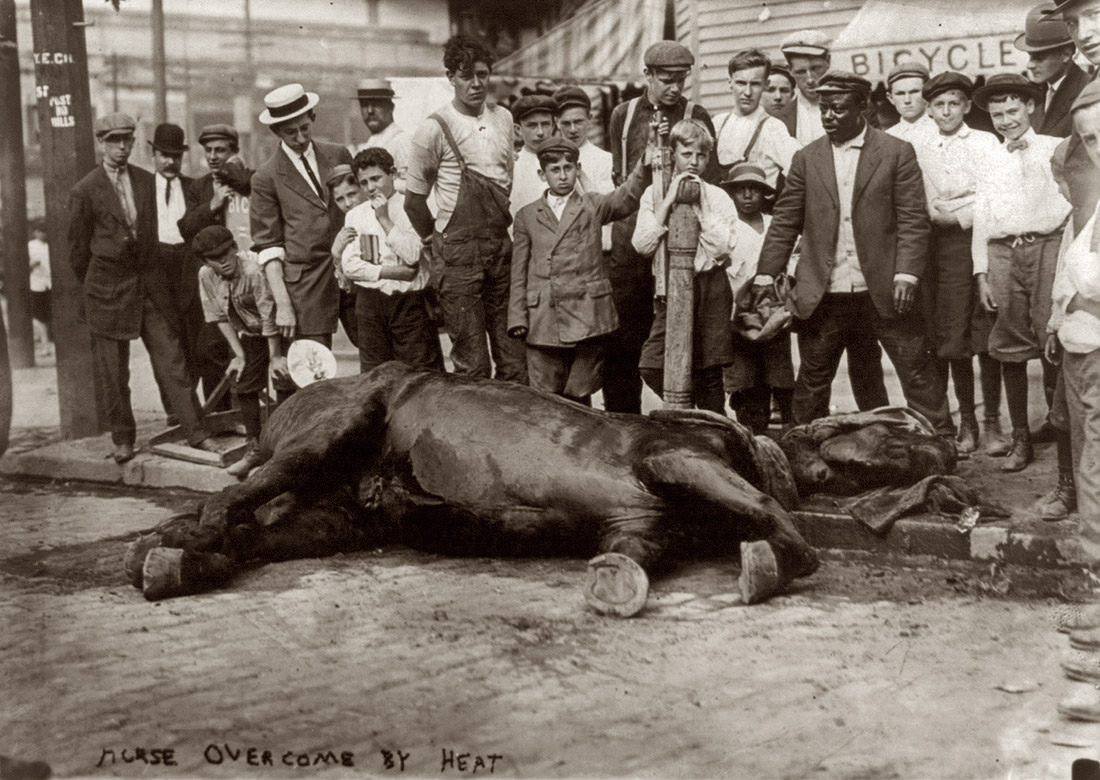SUNSETTING ON A BED-STUY BOULEVARD (1909)

******************************************************************************************************************************** Brownstone Detectives investigates the history of our clients’ homes. The story you are about to read was composed from research conducted in the course of one of those investigations. Do you know the history of YOUR house? ******************************************************************************************************************************** In 1909, a landmark was about to be destroyed. It was quite common, though, at the time for owners to tear down the antiquated wood-frame mansions that dotted Brooklyn’s lamdscape. Since the new brownstone houses had become all the rage in the 1880s, these tinder “firetraps” had become redundant, difficult to sell, and simply unstylish to live in. By the late 19th century, they were being sold, in many cases, for the value of their land as building lots. And with the demise of these historical artifacts, went some truly beautiful examples of mid-19th century architecture, few of which remain with us to this day. THE DE MILLE HOUSE The De Mille house was built around the middle of the 19th century for the family of that name, “and it has been a landmark in that region since the days when it was surrounded by open fields.” Yes, even Bedford-Stuyvesant – today chockablock with brownstone and masonry homes – was once – even before the advent of wood-frame homes – forested land alongside open virgin fields. As a matter of fact, the corner of Quincy and Patchen, in the 1850s, was little more than hills, dales, dirt lanes, and the vague promise of a future suburban city. “Broadway, which is nearby, […]
HOW CASEY THE COP SPELT “KOSCIUSZKO” (1904)

******************************************************************************************************************************** Brownstone Detectives investigates the history of our clients’ homes. The story you are about to read was composed from research conducted in the course of one of those investigations. Do you know the history of YOUR house? ******************************************************************************************************************************** Andrzej Tadeusz Bonawentura Kościuszko was a Polish military officer who helped the U.S. to gain independence from the British during the Revolutionary War. Because of his dedication there are numberous public locations named after him – including a street in Bed-Stuy. Even more numerous, though, are the tales about the difficulty in spelling the man’s name. The best tale, though, involves a tail – and a horse and a policeman. SPELLING KOSCIUSZKO “There was once an Irish policeman who was responding to the presence of a dead horse on Kosciuszko Street. Upon arriving at the scene of the dead horse, Casey began to write his report. When he got to the part where he was supposed to write the location in which the horse was discovered, the policeman faltered. “He did not know how to spell the street name. “So, Casey looked at the horse and then at his report, and he thought. A few moments later, he shoved the half-finished report in his cap, grabbed the horse by its tail, and began dragging it down the street to the corner of Marcy Avenue. Once there, he stopped, pulled the report out from his cap, and added the ‘location’ of the dead horse – ‘Marcy Avenue.’” By the way, back in […]